“The best pictures are uninvited, they’re suddenly there in front of you… easy to see but difficult to catch. Some people take pictures, I find them.”
For six decades Jane Bown (1925 - 2014) worked at the Observer newspaper capturing the traits of eminent people on black and white film.
Working instinctively and unobtrusively she only used available light, gauged her camera settings by how the light fell on the back of her hand and carried her trusty OM-11 around in a shopping basket.
“The last time I changed my camera was 50 years ago. All I need is a good face and the right light.”
Being more interested in what people were like, rather than what they did, meant she was sometimes unaware of why the celebrated person was being photographed.
She had a talent for disarming her subjects with innocuous banter, a fumbling manner and a speedily spontaneous approach to taking photos. She could carve out a sublime portrait in the most trying of circumstances.
“Usually one is going in on a wing and a prayer … Time and daylight are my enemies. But I don’t really like plain sailing, either. When it’s a bit agitated, there’s more hope of something different coming out.”
Here is a small selection of her portraits.
The reluctant Samuel Beckett was cornered in an alleyway behind the Royal Court Theatre. Five iconic frames were taken.
(This portrait is one of my desert island photos and I’m fortunate to have a signed print on my study wall).
Jane Bown didn’t have a clue who Bjork was and this was the final frame of a difficult session. The ‘jackpot’ shot was elusive because they were having too much fun.
“She can look at a person and she knows instinctively, straight away, who they are. She didn’t want to make anything out of me, was just taking me as I was, for who I am.” Bjork
Other photographers focused on Sinéad O'Connor’s eyes. Jane Bown found calm contemplation.
This photo was taken for Queen Elizabeth II’s 80th birthday. It wasn’t chosen as the official portrait, but it was Jane Bown’s favourite. It was later used in the official statement from the Palace announcing the death of the Queen. The smile is prompted by a lady-in-waiting coming into the room.2
Jane Bown bumped into Henri Cartier-Bresson on a London street and here is one of the two frames she took.
The studio was a mess, the light was murky and Jane Bown admitted to being “rather frightened” of Francis Bacon. The ‘jackpot’ picture happened as she was leaving. She opened the stable door, turned to say “goodbye” and clicked.
Bruce Chatwin (this is for
).Jane Bown said if she couldn’t get the photo in two rolls of film, something was wrong. It took four rolls to get this portrait of Margaret Thatcher readjusting a loose hair and momentarily letting her steely guard down.
Luke Dodd, who looks after Jane Bown’s archive, writes about why she liked using the OM-1.
This article in Guardian recalls the birthday shoot with the Queen.
Further exploration
Exposures by Jane Bown is the one book I would recommend above all others. I think it is now out of print so you’ll need to track one down in a second hand book store.
This posthumous monograph, Jane Bown: A Lifetime of Looking, is still available and is a good introduction to her wider documentary work alongside her portraits.
The film, Looking for Light: Jane Bown, is an affectionate portrait released the year of her death. Sorry, but I’m not sure this is readily available any more.

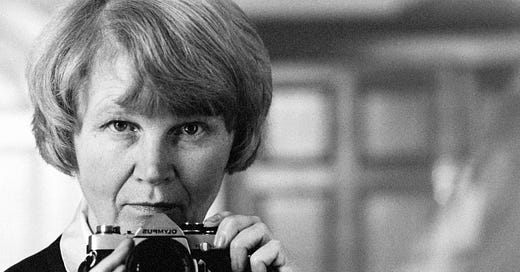



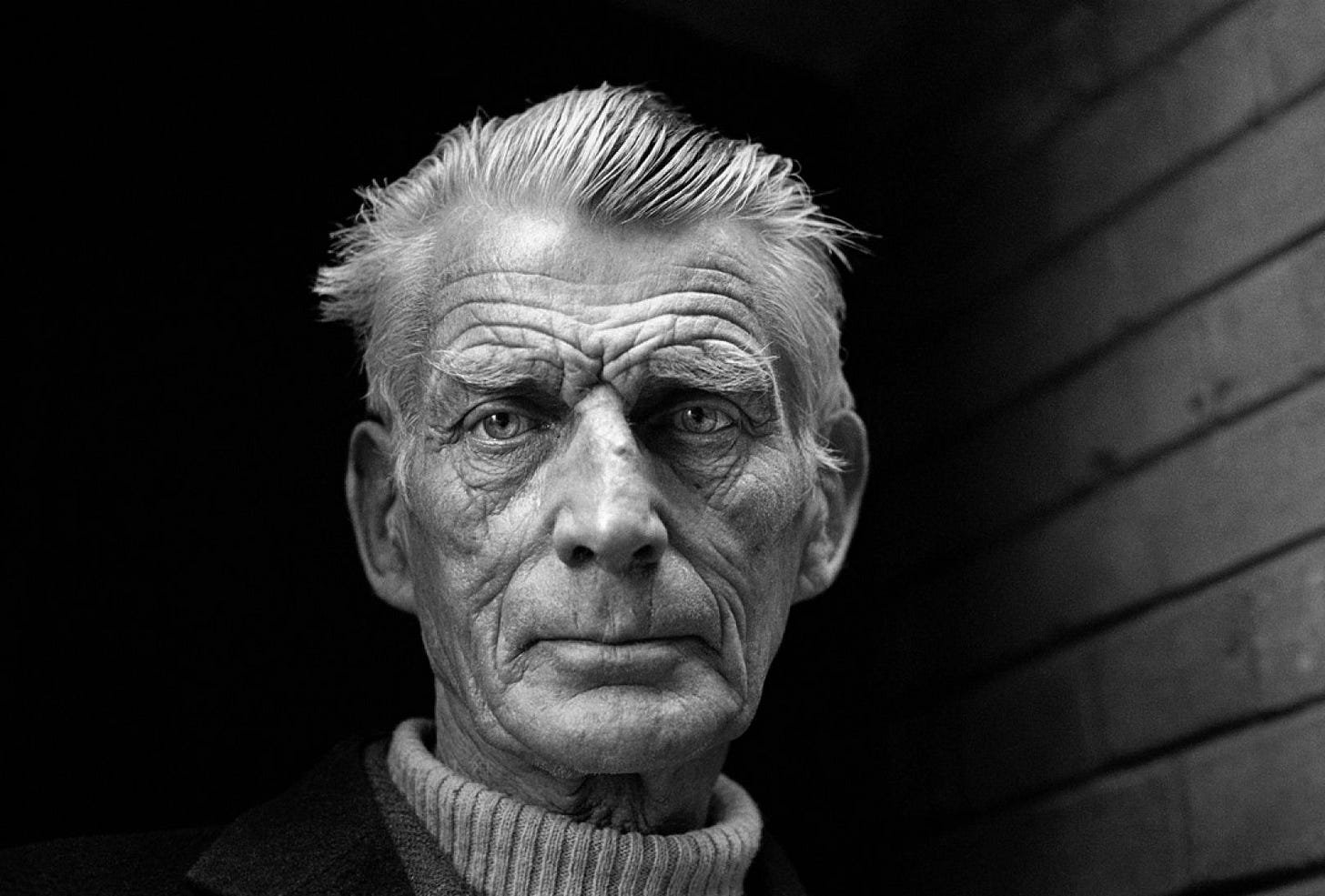
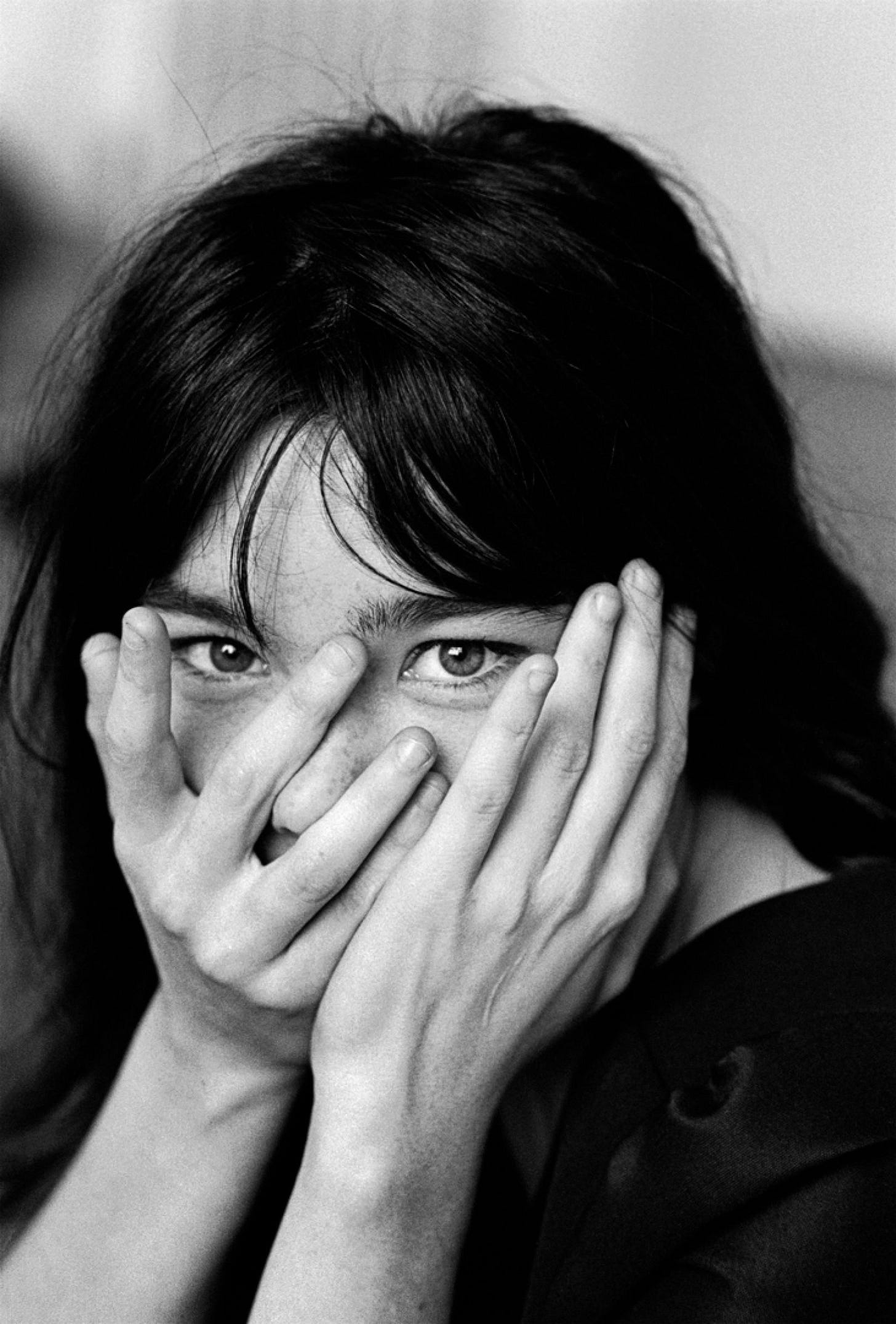
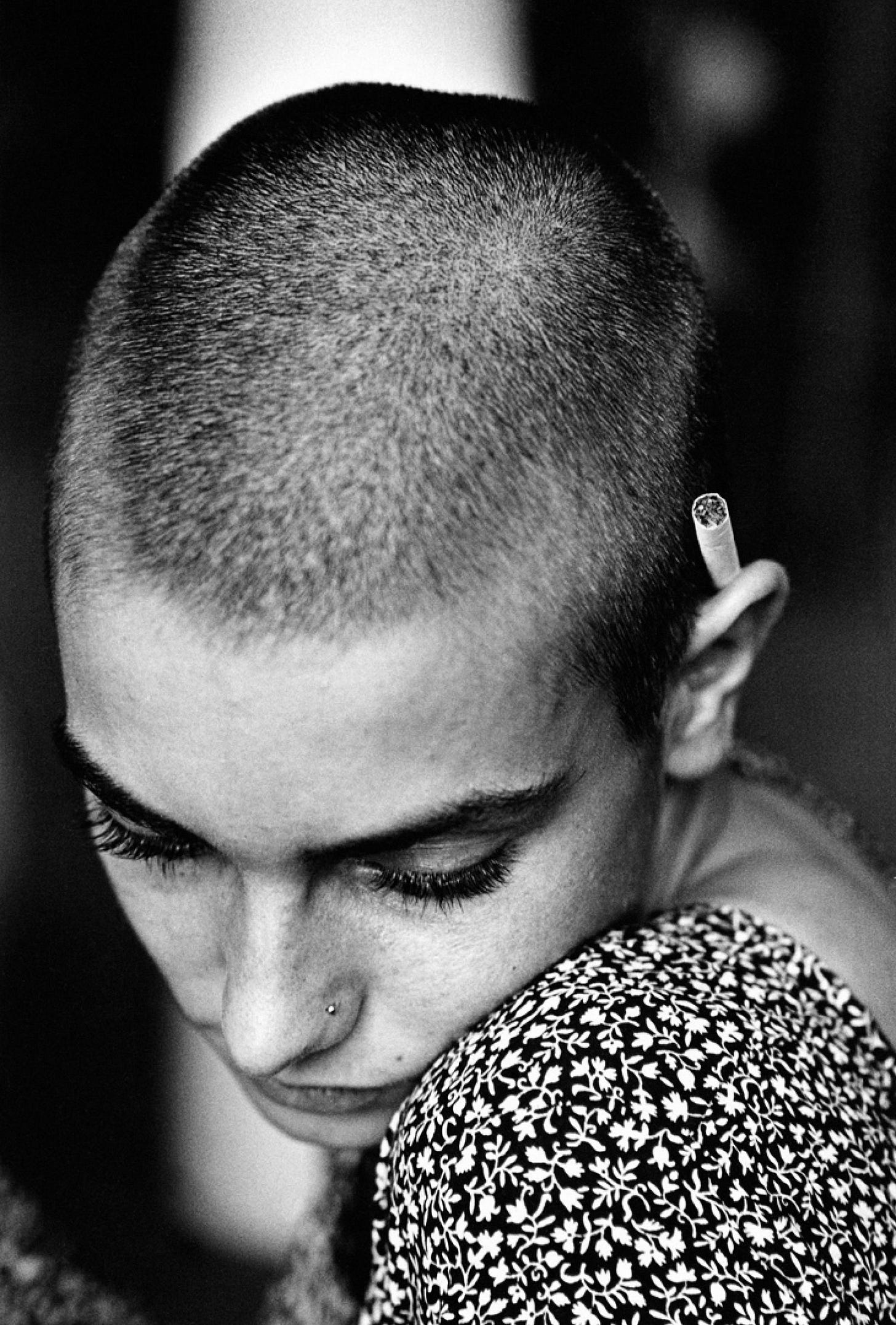
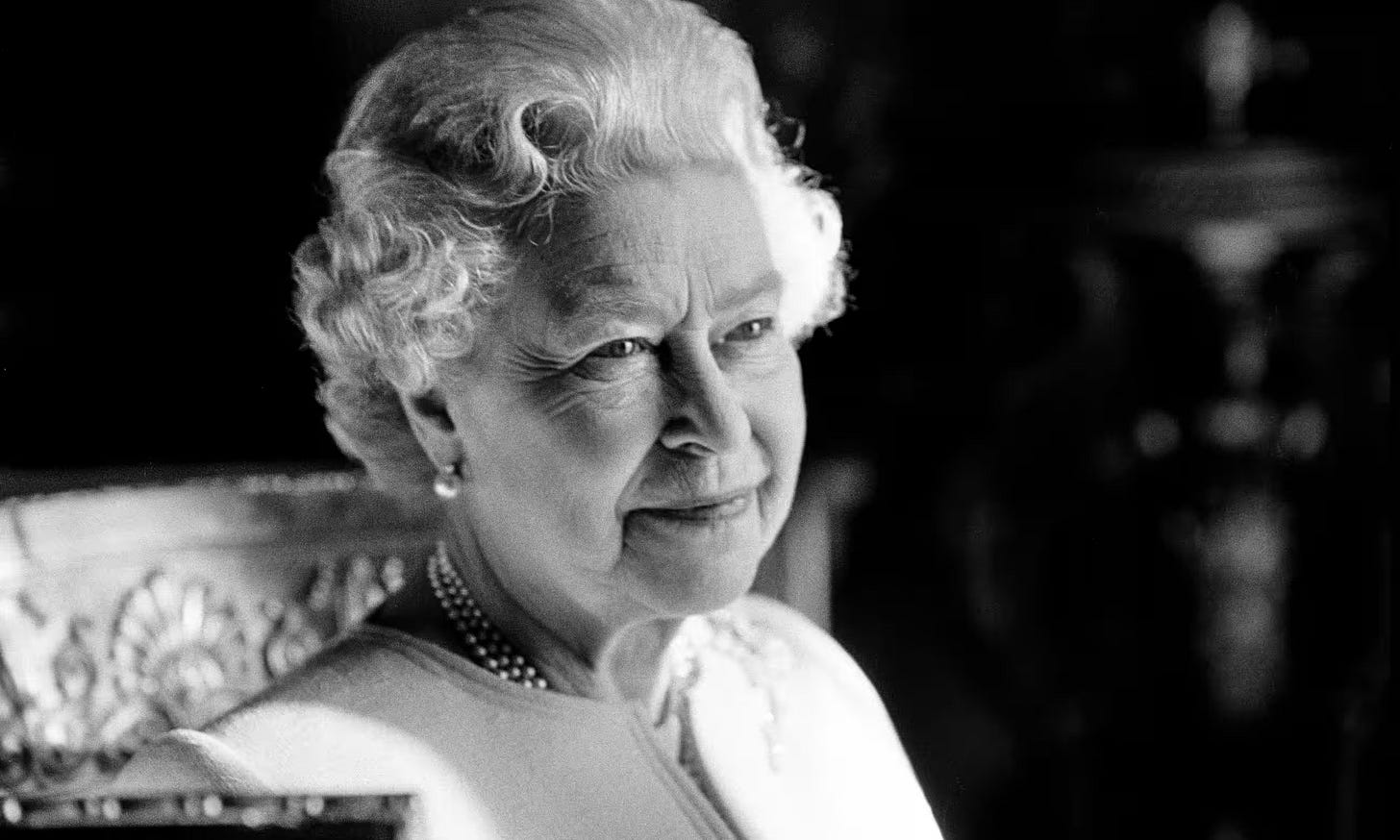
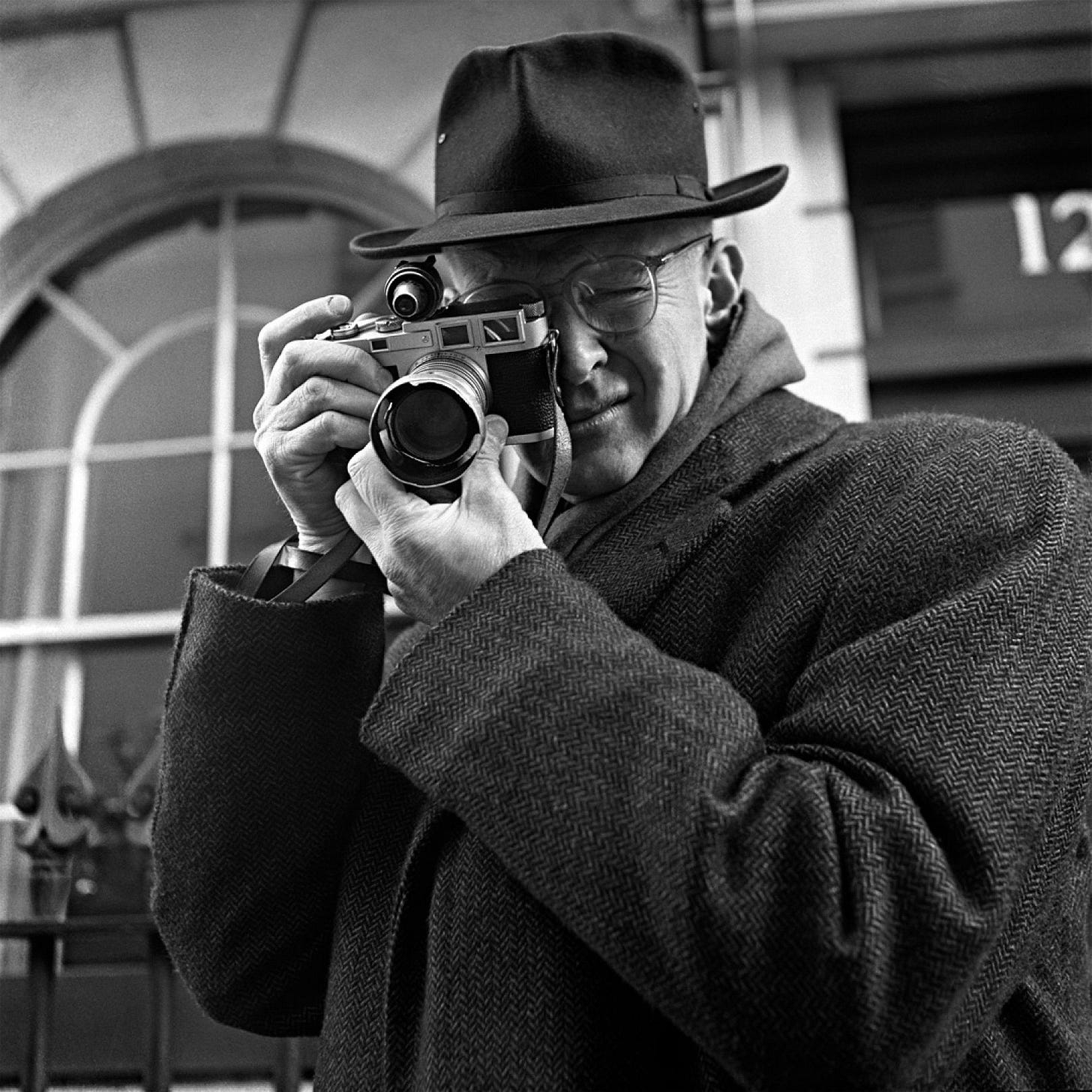
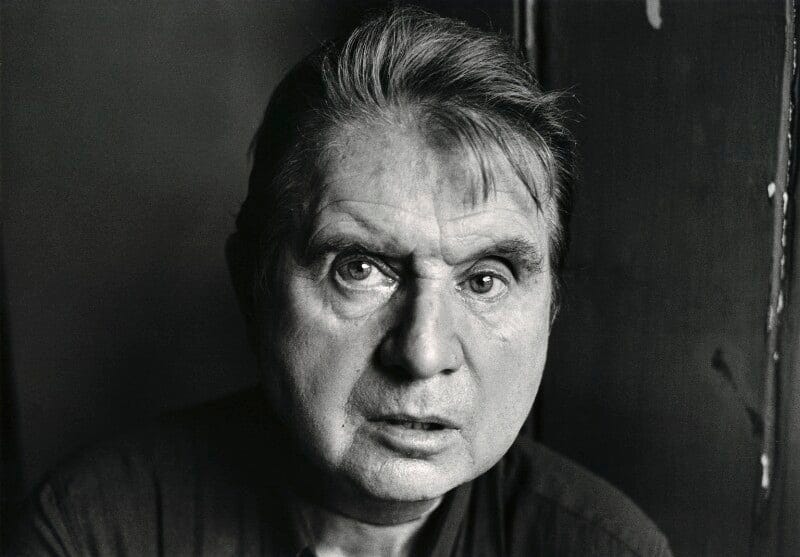
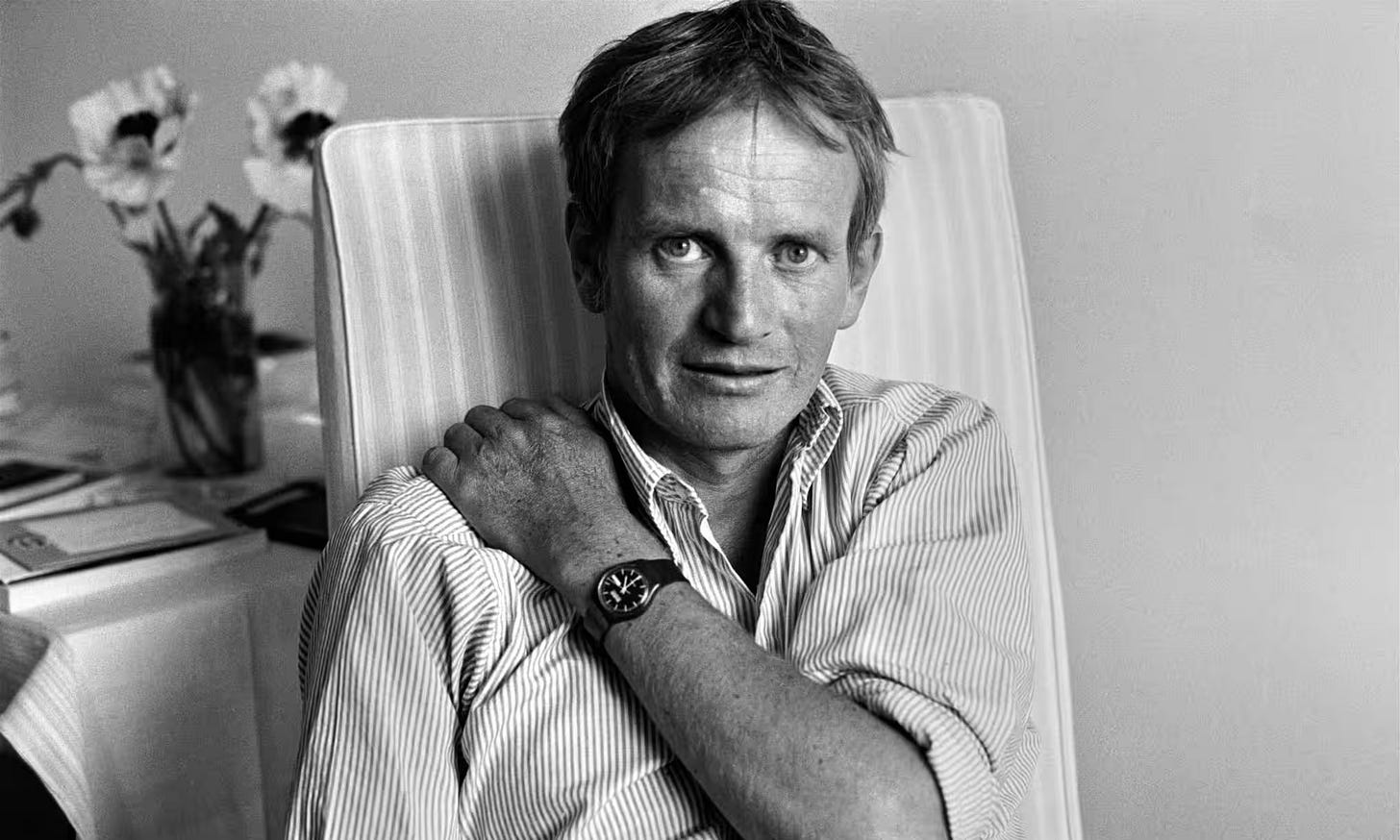
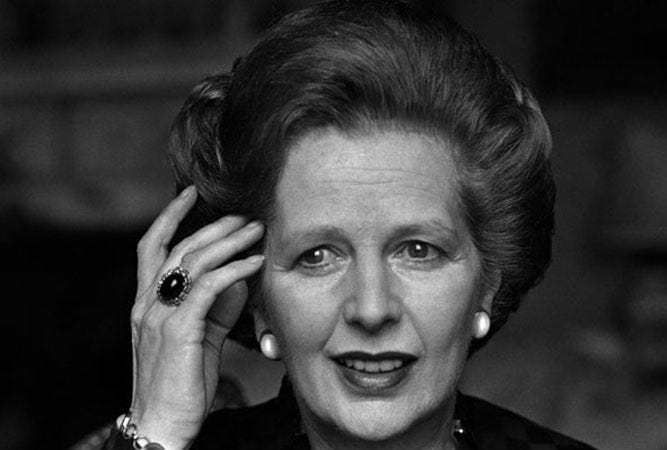
Great stuff — the Beckett one is extraordinary. Thanks Andrew!
Lovely insights into the work of one of my favourite portrait photographers. Thanks!